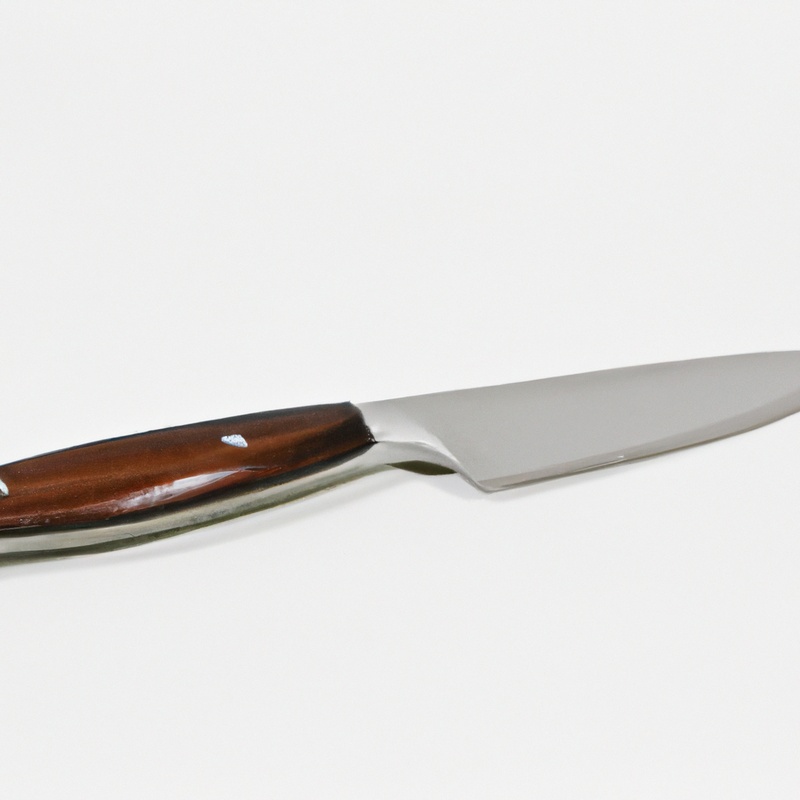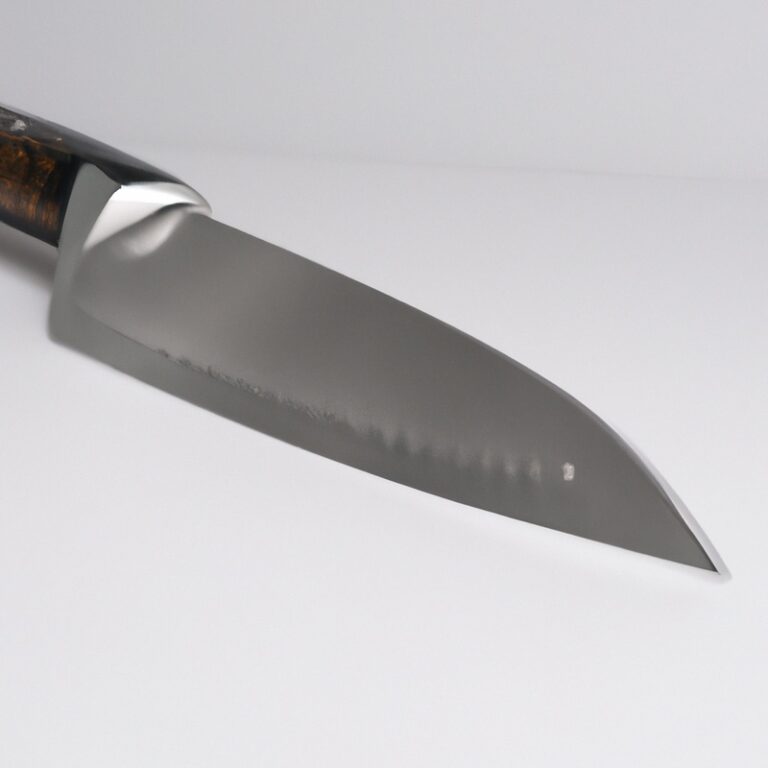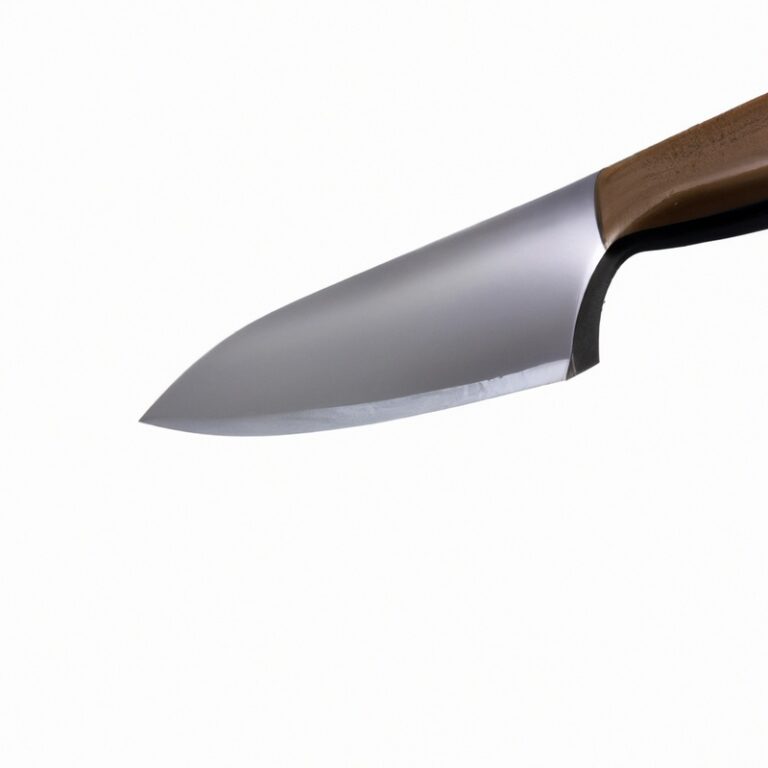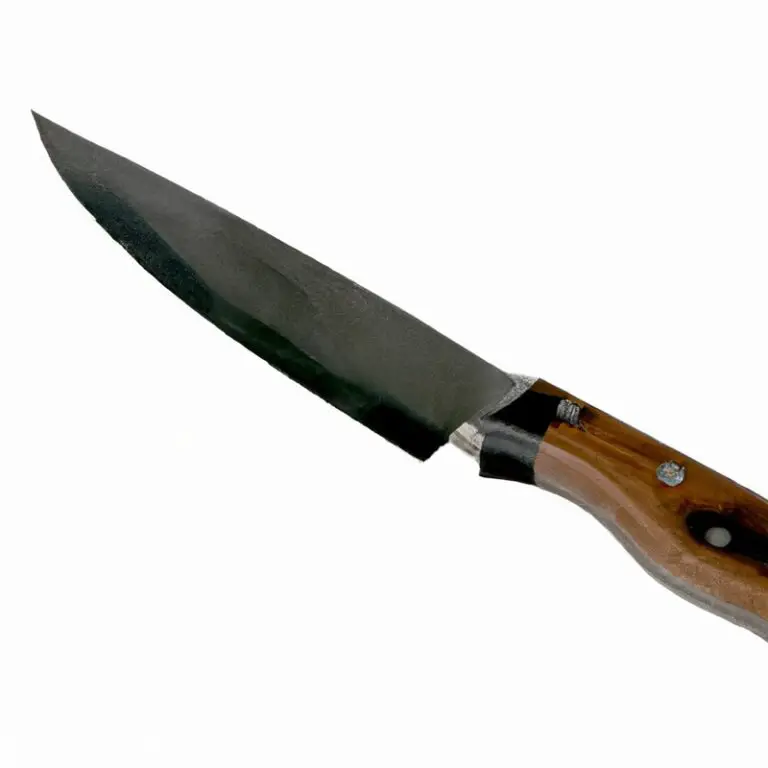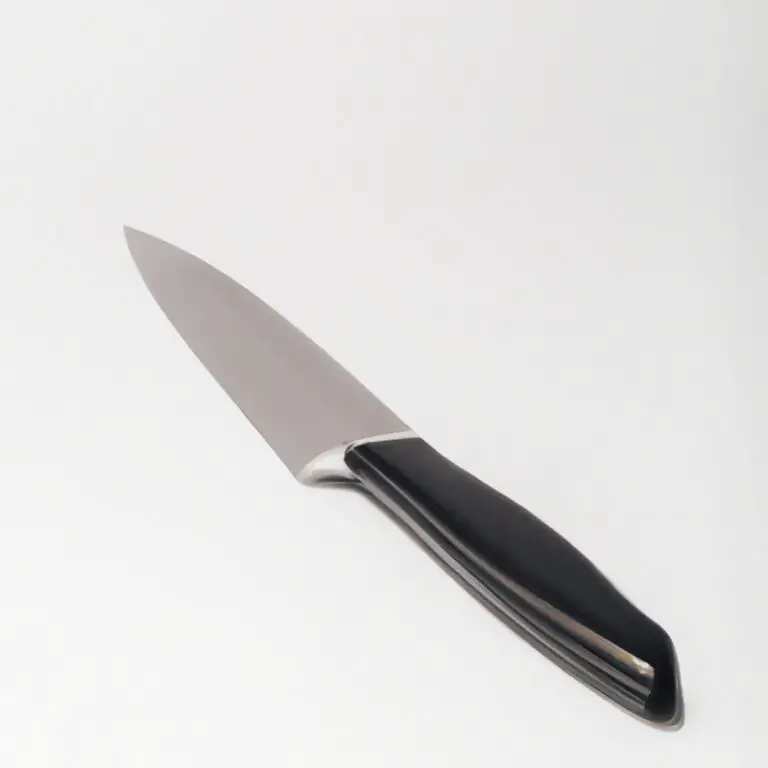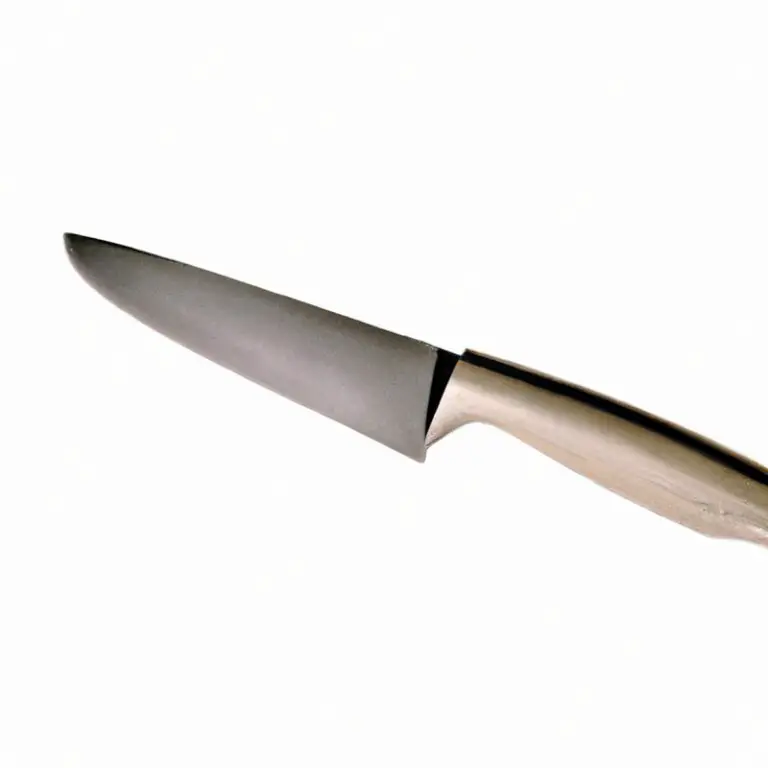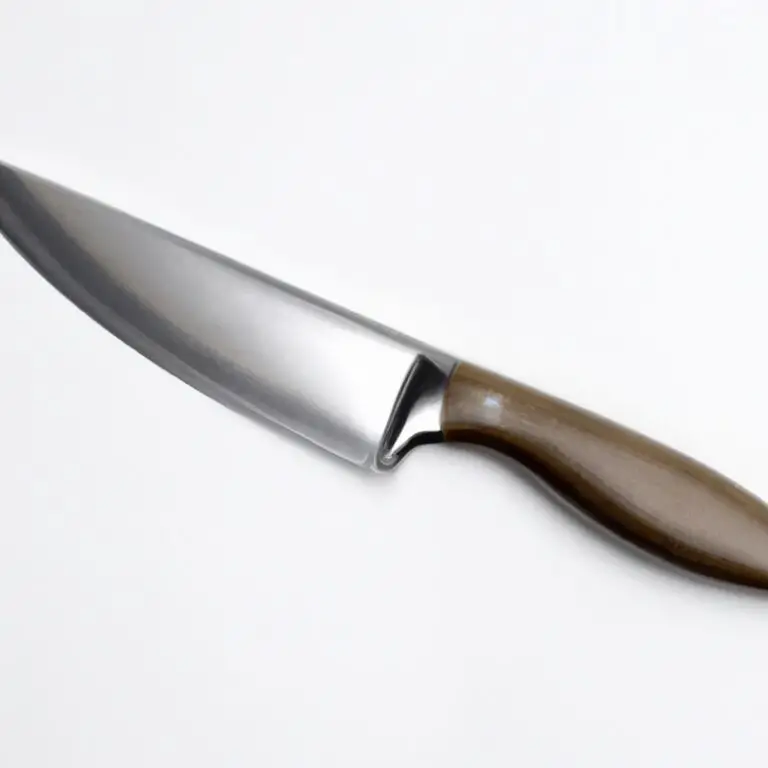How To Fillet a White Catfish Using a Fillet Knife? Easy Tips For Beginners
Key Takeaways:
- A sharp fillet knife is essential for filleting a white catfish properly.
- Start by making a cut behind the gills and work your way down the body, keeping the blade close to the bones.
- Remove the rib cage and any remaining bones using a pair of pliers or tweezers.
- Practice makes perfect – filleting fish takes time and patience to master.
Ready to unlock the secret to perfecting your white catfish fillet? Look no further than this comprehensive guide on how to fillet a white catfish using a fillet knife.
As an experienced angler and culinary expert, I’ve honed my skills over the years, and I’m excited to share my tips and tricks with you.
From selecting the right tools to cleaning and storing your fillets, this step-by-step guide covers everything you need to know to become a master at filleting white catfish with a fillet knife. Whether you’re a seasoned pro or just starting out, this article has something for everyone.
| Step | Description |
|---|---|
| Step 1 | Place the catfish on a clean and flat surface, belly down. Secure the head by pressing it against the surface. |
| Step 2 | Using a fillet knife, make a cut behind the gills and pectoral fin on one side of the fish. |
| Step 3 | Follow the spine of the fish with the knife, cutting all the way down to the tail, keeping the blade as close to the bones as possible. |
| Step 4 | Remove the fillet from the fish by cutting through the skin at the end of the tail. |
| Step 5 | Repeat steps 2-4 on the other side of the fish to remove the second fillet. |
| Step 6 | Remove the ribs and any remaining bones from each fillet using the tip of the knife. |
| Step 7 | Rinse the fillets with cold water and pat dry with paper towels. |
Preparing to Fillet: Tools and Safety
Before beginning to fillet a white catfish, ensure you have the proper tools for the job. You will need a fillet knife, cutting board, pliers or fish-gripping gloves, and a sharpener.
It is important to keep your tools clean and sharpened to ensure safe and efficient filleting.
Safety is crucial when filleting fish. Wear cut-resistant gloves and use caution when handling sharp tools.
Fillet knives are extremely sharp and should be handled with care.
Always cut away from your body and keep your fingers away from the blade. Additionally, be sure to have a clean workspace and dispose of any fish scraps properly to prevent contamination.
By following these safety guidelines and having the necessary tools, you will have a successful and safe filleting experience.
Step-by-Step Guide: Removing the Head
To remove the head of a white catfish, start by placing the fish on a cutting board with its belly facing down. Then, using a sharp fillet knife, make an incision behind the gills and cut through the flesh to the backbone.
Next, turn the fish over and repeat the same incision behind the gills on the other side.
Move the knife down towards the spine and through the backbone, cutting the head off completely. If you prefer, you can also cut through the collarbone to free the head and make it easier to remove.
Simply place the knife under the collarbone and cut through to the front of the fish.
Then, grasp the head with one hand and the body with the other and twist gently to separate the head from the body. Once the head is removed, dispose of it appropriately and move on to the next step of filleting the white catfish.
Step-by-Step Guide: Removing the Skin
To remove the skin from a white catfish fillet, follow these steps:
- Lay the fillet skin-side down on a cutting board.
- Insert the blade of the fillet knife between the skin and the flesh at the tail end of the fillet.
- Hold the skin down with your non-dominant hand and gently saw back and forth with the knife as you pull the skin away from the flesh.
- Work your way up the fillet, using a sawing motion to separate the skin from the flesh.
- Use a paper towel to grip the skin and make it easier to pull away.
It’s important to use a sharp fillet knife and work slowly and carefully to avoid cutting through the skin or leaving bits of flesh on the skin. With a little practice, you’ll be able to remove the skin smoothly and efficiently.
Step-by-Step Guide: Removing the Rib Cage
Step-by-Step Guide: Removing the Rib Cage
- Once the skin has been removed, locate the rib cage by feeling for the bones with your fingers or a fillet knife.
- Use the tip of the fillet knife to make a small cut along the backbone just above the rib bones.
- Working from the head to the tail, use long, sweeping strokes to separate the flesh from the rib bones.
- As you work, use your other hand to hold the fillet down and keep it stable.
- Once you have separated the fillet from the rib cage, use the tip of the knife to trim away any remaining bones or tough connective tissue.
- Repeat the process on the other side of the fish to remove the second fillet.
- Discard the rib bones and any other scraps, or save them for use in fish stock or other recipes.
Removing the rib cage can be intimidating for beginners, but with a sharp fillet knife and steady hands, it can be done quickly and easily. Take your time and be careful not to cut through the bones or puncture the fillet in the process.
Tips for Removing Pin Bones
When it comes to removing pin bones from a white catfish fillet, there are a few tips to keep in mind. First, it’s important to use a pair of clean and sharp tweezer or pliers to avoid breaking the bones and damaging the flesh.
To locate the pin bones, run your fingers gently over the surface of the fillet and feel for any bumps or protrusions.
Once you’ve located them, grip the bone with the tweezers or pliers and pull it out in the opposite direction in which it is pointing. Be sure to pull slowly and gently to avoid any damage.
Another helpful tip is to remove the pin bones before removing the skin from the fillet.
This gives you better access and visibility, making the process easier and more efficient. Finally, be sure to thoroughly check the fillet for any remaining bones after you’ve finished removing the pin bones.
It’s always better to be safe than sorry, so take the time to carefully inspect the fillet before cooking or serving.
Overall, removing pin bones from a white catfish fillet can be a bit tedious, but it’s an important step in ensuring a delicious and enjoyable meal. With the right tools and technique, you can easily remove these bones and be on your way to a great meal.
Cleaning and Storing the Fillets
Once you have successfully filleted the white catfish, you must clean and store the fillets properly to ensure their quality. Cleaning the fillets involves rinsing them well under cool running water to remove any lingering scales or skin.
Next, pat them dry with paper towels and inspect for any remaining bones, which can be pulled out with tweezers or pliers.
Storing the fillets is equally important as cleaning them. Wrap each fillet separately in plastic wrap or a vacuum-sealed bag and place them in the refrigerator for up to three days.
For long-term storage, place the wrapped fillets in a freezer-safe bag and store in the freezer for up to six months.
Remember, proper cleaning and storage techniques can keep your fillets fresh, safe, and delicious for future use.
Alternative Filleting Methods
Aside from using a fillet knife, there are alternative methods for filleting a white catfish. One popular method is using an electric fillet knife, which can make the task quicker and easier.
Another option is using a kitchen shear to remove the skin and fillet the fish.
However, using a fillet knife is still the most precise and efficient method for filleting a white catfish. It is recommended to practice and master the use of a fillet knife before attempting alternative methods.
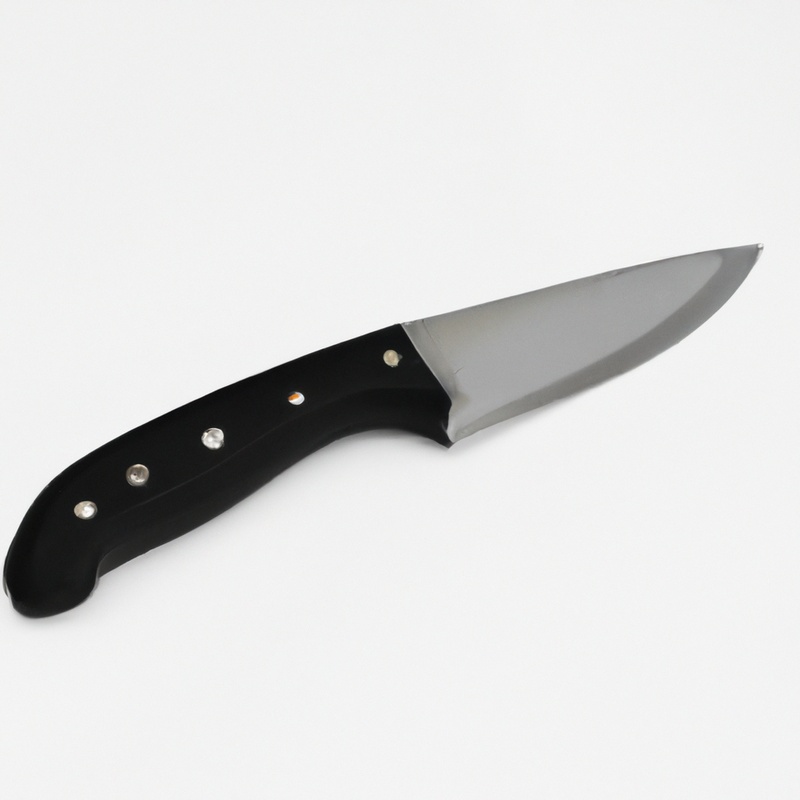
Bonus Tips: Cooking Your White Catfish Fillet
Once you have filleted your white catfish, there are several ways to cook it to perfection. Here are some bonus tips to help you cook your white catfish fillet:
- Seasoning: Sprinkle your fillet with salt, pepper, and other herbs and spices of your choice to add flavor.
- Pan-frying: Heat oil or butter in a pan and fry your fillet for 3-4 minutes until it is browned and crispy on the outside, then flip it over and cook for an additional 3-4 minutes until it is fully cooked.
- Grilling: Preheat your grill to medium-high heat and brush your fillet with oil or butter. Grill it for 3-4 minutes on each side until it is fully cooked.
- Baking: Preheat your oven to 375°F, place your fillet on a baking sheet, and bake it for 15-20 minutes until it is fully cooked.
- Sautéing: Heat oil or butter in a pan and sauté your fillet for 3-4 minutes on each side until it is fully cooked.
- Serving: Once your fillet is fully cooked, serve it with your favorite side dishes, such as roasted vegetables, rice, or salad.
Remember to avoid overcooking your fillet, as it can become dry and tough. Follow these bonus tips to enjoy a delicious white catfish fillet!
FAQs: Filleting White Catfish with a Fillet Knife
FAQs: Filleting White Catfish with a Fillet Knife Q: Can I use a regular kitchen knife to fillet a white catfish? A: While it’s possible to use a regular kitchen knife to fillet a white catfish, it’s not recommended.
Fillet knives are designed with a thinner, more flexible blade that allows for cleaner cuts and easier maneuverability around the bones.
Q: Should I remove the skin before or after filleting? A: It’s generally easier to remove the skin after filleting, as it provides a better grip and allows for more precision while cutting.
However, some people prefer to remove the skin before filleting.
Q: How do I know if I’ve removed all the bones? A: Even with thorough cleaning, it’s common to miss small pin bones.
To ensure all bones are removed, run your fingers along the fillet to feel for any bumps or protrusions.
You can also use tweezers or a fish bone plier to remove any remaining bones. Q: How should I clean and store the fillets?
A: Rinse the fillets under cold water and pat them dry with a paper towel to remove any excess moisture.
Store them in an airtight container or wrap them tightly in plastic wrap and refrigerate for up to 3 days, or freeze for longer storage. Q: Is there a specific way to sharpen a fillet knife?
A: Yes, sharpening a fillet knife requires a specific technique.
Using a sharpening stone, sharpen the blade at a 20-degree angle, starting from the base and sliding the blade up towards the tip. Repeat on the other side of the blade and finish with honing on a leather strop.
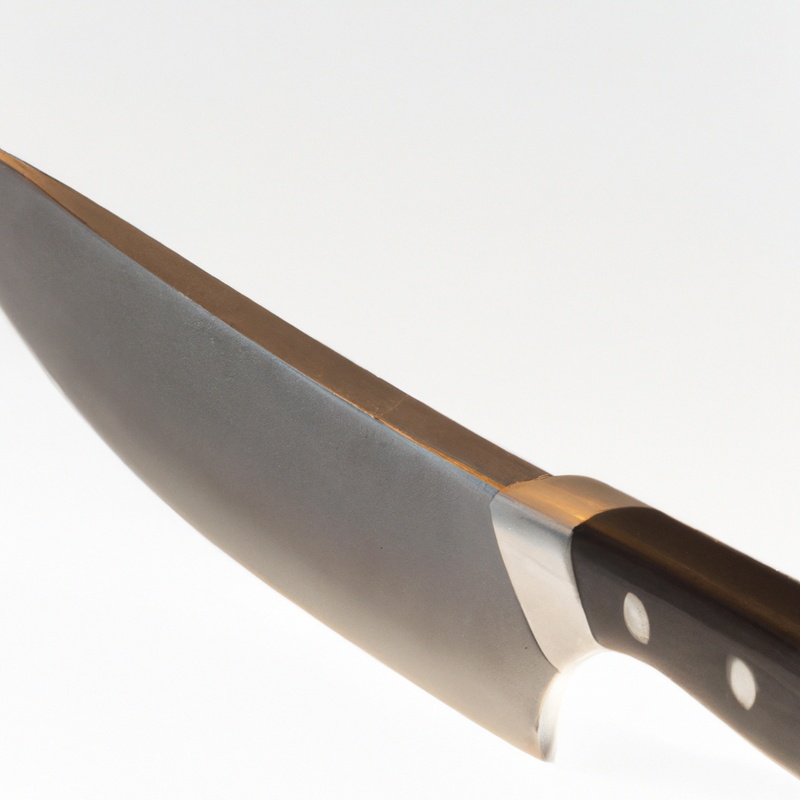
Common Mistakes to Avoid when Filleting
Common Mistakes to Avoid when Filleting:
- Not Using a Sharp Knife: A dull knife can increase the risk of injury and result in uneven fillets. Make sure to sharpen your fillet knife before starting the filleting process.
- Rushing the Process: Filleting requires patience and attention to detail. Rushing through the process can result in mistakes such as leaving behind bones or uneven fillets. Take your time and follow the steps carefully.
- Incorrect Positioning: Proper positioning of the catfish is crucial. Failing to hold it securely and properly can result in a slippery fish, making it difficult to fillet and increasing the risk of injury.
- Inadequate Lighting: Filleting in dimly lit areas can make it difficult to see the bones and other parts of the fish, leading to mistakes. Ensure that your workspace is properly lit for efficient filleting.
- Not Cutting Along the Bones: Cutting through the bones instead of along them can make the filleting process difficult and result in more bones being left in the fillet. Use the bones as your guide when filleting.
Remember to avoid these common mistakes during filleting to achieve a perfect fillet every time.
Final Verdict
Filleting a white catfish using a fillet knife doesn’t have to be intimidating or difficult. With proper preparation, tools, and safety measures in place, anyone can successfully fillet a white catfish.
Remember to work slowly and carefully, following the step-by-step guide to remove the head, skin, rib cage, and pin bones.
Clean and store your fillets properly to ensure freshness and quality. While there are alternative filleting methods, using a fillet knife is the most common and efficient way to get the job done.
And lastly, always avoid common mistakes and take note of the bonus tips for cooking your perfectly filleted white catfish.
By following these guidelines, you’ll be well on your way to becoming a pro at filleting white catfish with a fillet knife.

